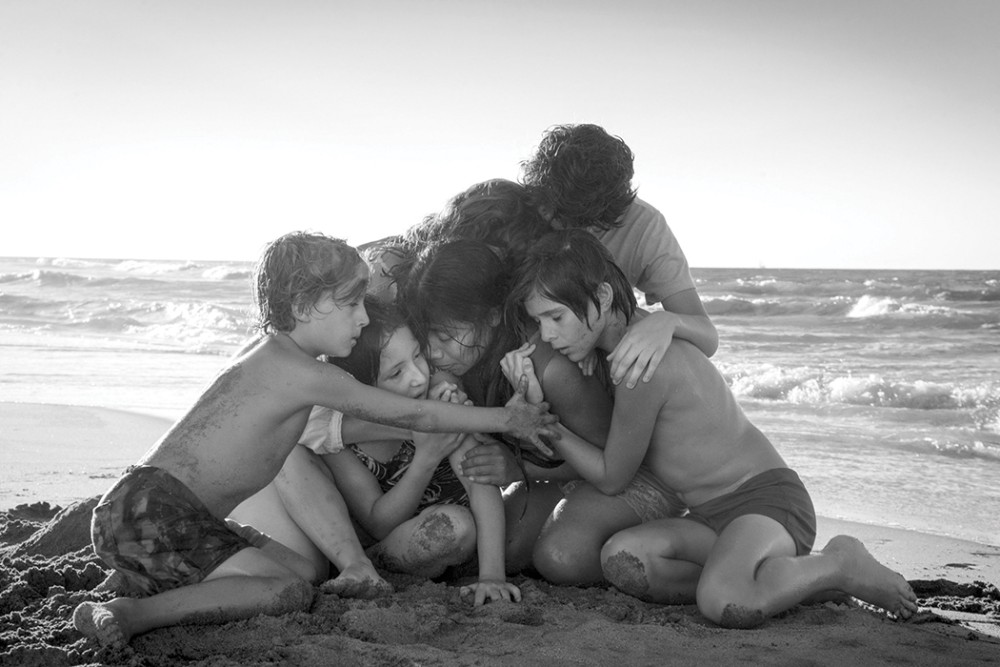In Roma, Alfonso Cuarón portrays life amid Mexico’s class divides
In Cuarón’s film, both love and violence come in waves.

The opening scene of Alfonso Cuarón’s breathtaking Spanish-language film Roma is of a large metal drain in the center of a tiled floor as gentle waves crested with soap suds wash over it. The waves build in strength until they finally subside and disappear through the grate. At the climax of the film, waves return, this time in the ocean, threatening to subsume the characters in their wake. This parallel set of images displays the film’s ambition to intertwine domestic and world-historical issues in a story about human connection after the devastations of colonial rule.
Roma is a domestic drama about one household in an upper-middle-class neighborhood in Mexico City in the early 1970s. The main character is Cleo (Yalitza Aparicio), a Mixtec woman whose labor keeps the household running. The story is based on Cuarón’s childhood and his memories of his family’s caretaker, Libo Rodriguez, who served as a consultant for the film.
Drains and gates and other liminal spaces dominate the landscape of the movie, which was shot on wide-format black-and-white film. The effect of these filming techniques invest even the smallest details with grandeur. The water drain in the opening shot sits in the center of the tiled courtyard that serves as garage, dog pen, and children’s play space. The courtyard lies between the outside world and the house itself, and is the passage between the sprawling casa and the cramped domestic quarters Cleo shares with the other maid, Adela (Nancy García García). The soapy waves are created by Cleo’s never-ending battle with the mounds of dog shit that litter the courtyard. The large metal gates between the courtyard and the street demand enormous effort to be opened and closed. Cleo’s job, literally and metaphorically, is to keep the shit at bay and to know when and how to open and close the gates.





